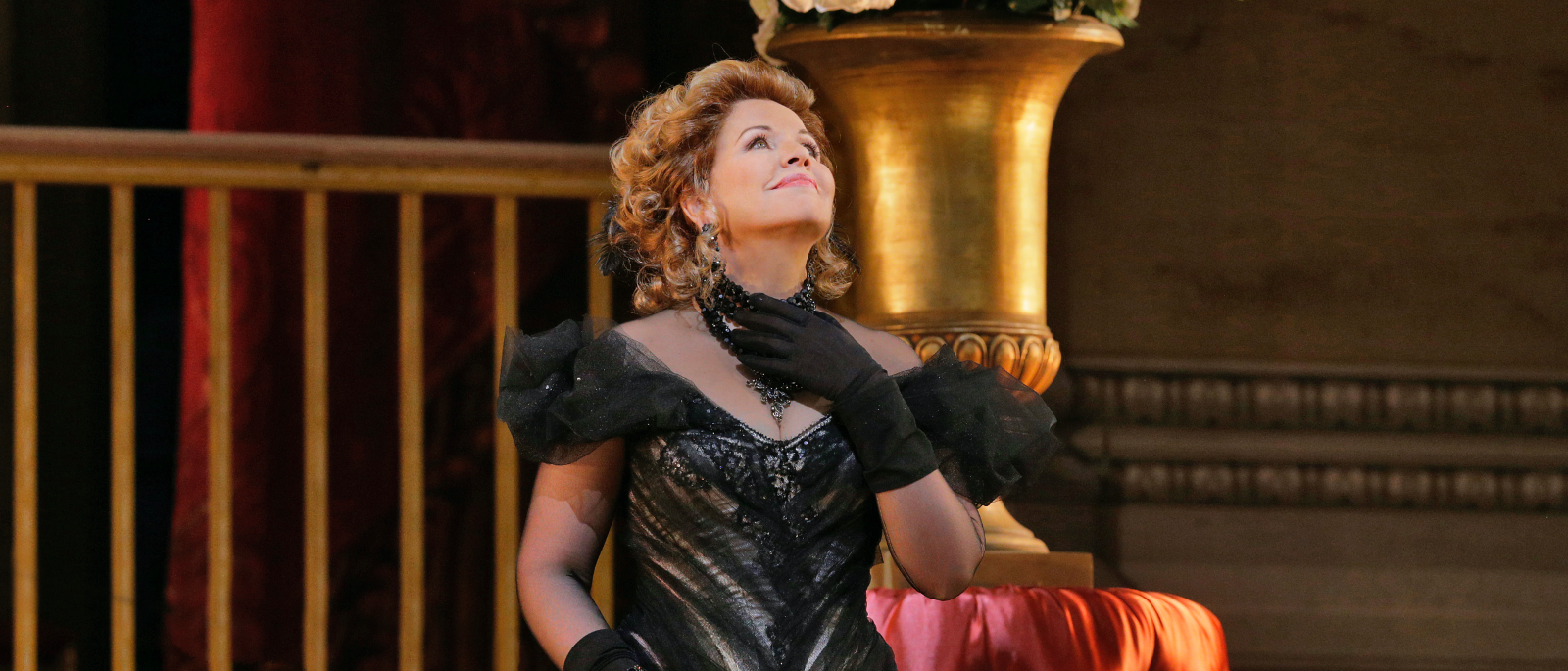
The Composition of The Merry Widow
1770
The waltz first appears in European music. It gradually supplants the minuet, an earlier triple-meter dance form, and eventually becomes so popular that some composers build entire careers by specializing in waltz composition. Johann Strauss Jr., for instance, achieves such acclaim with his waltzes in the mid-19th century that he will become known as the “Waltz King.”
1801
The Theater an der Wien opens. Run by the impresario Emanuel Schikaneder (best known as the librettist of Mozart’s Die Zauberflöte), the theater hosts both plays and operas during its early decades before becoming the home of classic Viennese operetta in the 1860s.
1860s
The wildly successful works of Jacques Offenbach, many of which feature libretti by Henri Meilhac, establish operetta as one of France’s most popular musical genres and inspire imitations in other languages across Europe.
1861
Henri Meilhac’s comedy L’Attaché d’Ambassade premieres in Paris. A flop, it closes after only 15 performances.
1870
On April 30, Franz Lehár is born in Komárom, a small town astride the Danube on the border of modern-day Hungary and Slovakia (then both part of the Austro-Hungarian Empire). His father is a military bandmaster who also plays horn in the Theater an der Wien’s orchestra. Franz Sr.’s military postings include Prague, Vienna, Budapest, and Sarajevo, and his son grows up listening to many different styles of folk music in Central and Eastern Europe.
1874
Johann Strauss Jr. is already known as a composer of Vienna’s most popular waltzes (including “By the Beautiful Blue Danube”), but with his operetta Die Fledermaus, which premieres in 1874, he achieves tremendous international acclaim. Die Fledermaus features numerous waltzes in the style for which Strauss is already well known, and its success helps cement the role of dance music in the operetta genre.
1882
Lehár enters the Prague Conservatory, where he takes lessons in violin, music theory, and composition. Antonín Dvořák, Prague’s leading composer, encourages Lehár to pursue a career in composition.
1888
Following his graduation, Lehár is called up for military service. He plays violin in a succession of infantry regiment bands.
1899
Lehár is appointed bandmaster of the 26th infantry regiment band, a post previously held by his father. The new position allows him to move to Vienna.
1902
Enjoying a level of financial stability brought on by the success of his compositions (mostly marches and dance music), Lehár leaves military service to focus exclusively on conducting and composition. Before the end of the year, two of his operas have been performed in Vienna, one each at the Theater an der Wien and the Carltheater.
1905
On December 30, Lehár’s new operetta, The Merry Widow, an adaptation of Henri Meilhac’s L’Attaché d’Ambassade premieres at Vienna’s Theater an der Wien. Although the theater directors had initially embraced the libretto, they are disenchanted by Lehár’s score and refuse to invest in the production. Nevertheless, Die Lustige Witwe (as it is known in German) is an immediate success with the public.
1907
The Merry Widow soon proves to be a runaway international hit. By 1907, it has been performed on three continents and has made Lehár a millionaire.
1935
Lehár founds his own publishing house and buys back the rights to most of his compositions in order to profit from their publication. For the remainder of his life, he concentrates mainly on publishing activities rather than composition.
1948
Having suffered from ill health for some time, Lehár dies on October 24 at his villa in Bad Ischl, an Austrian spa town near Salzburg. His villa is now a museum dedicated to the composer’s life and work.
Critical Inquiry
Waltzes were a major part of 19th-century Viennese culture. What kinds of dance music are popular today where you live? What kinds of music do you like to dance to?